Complete Chiropractic Care
Chiropractic means "effective use of the hands". Chiropractic care is the treatment of the spine and extremities using the hands as the primary tool. The chiropractic treatment we provide focuses on restoring proper movement and functions to all joints in the body. There are a variety of techniques utilized at Midpoint Sports Chiropractic including Diversified, Drop Table Technique, Gonstead Methods, and Activator Methods
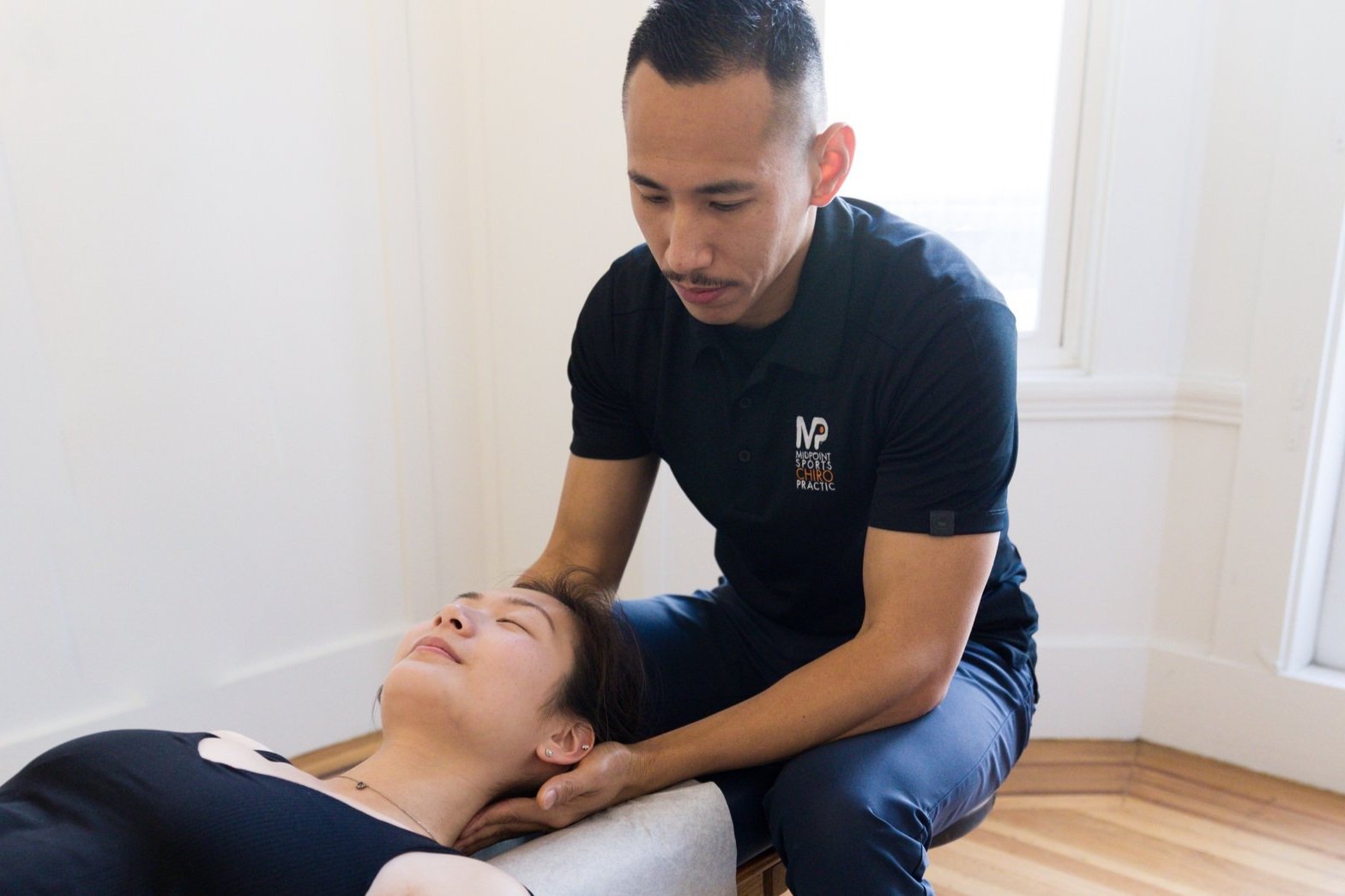
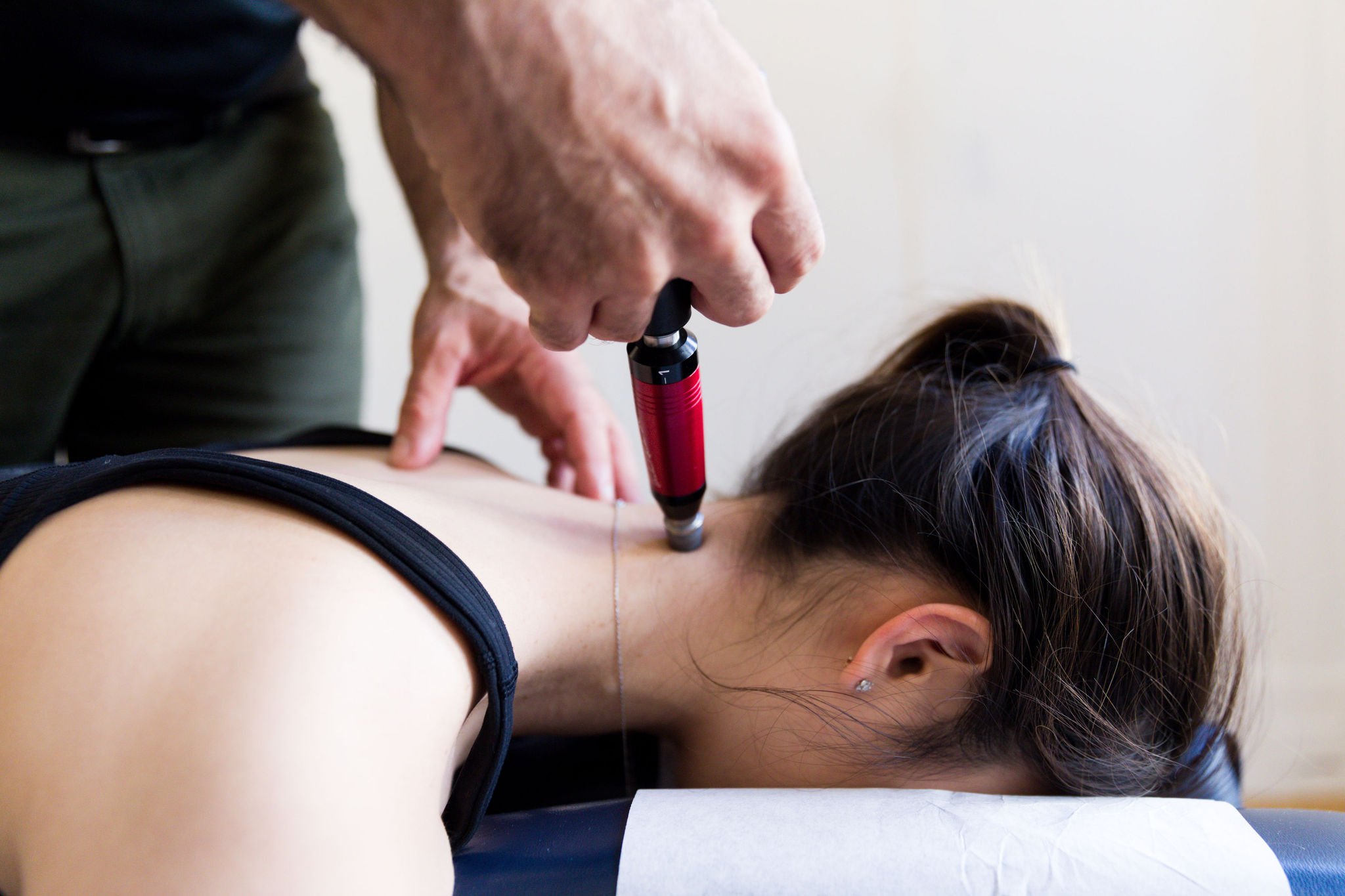
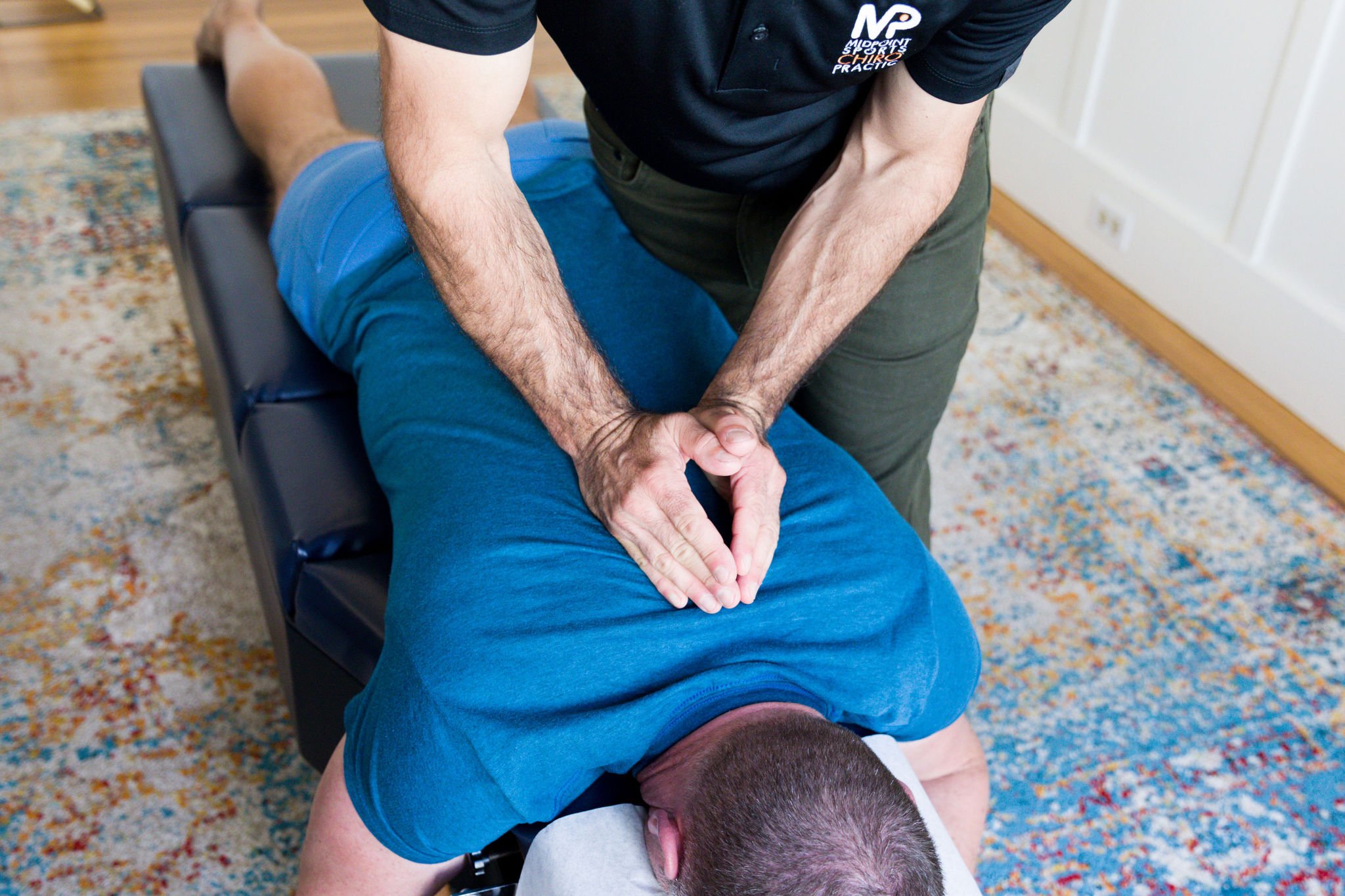
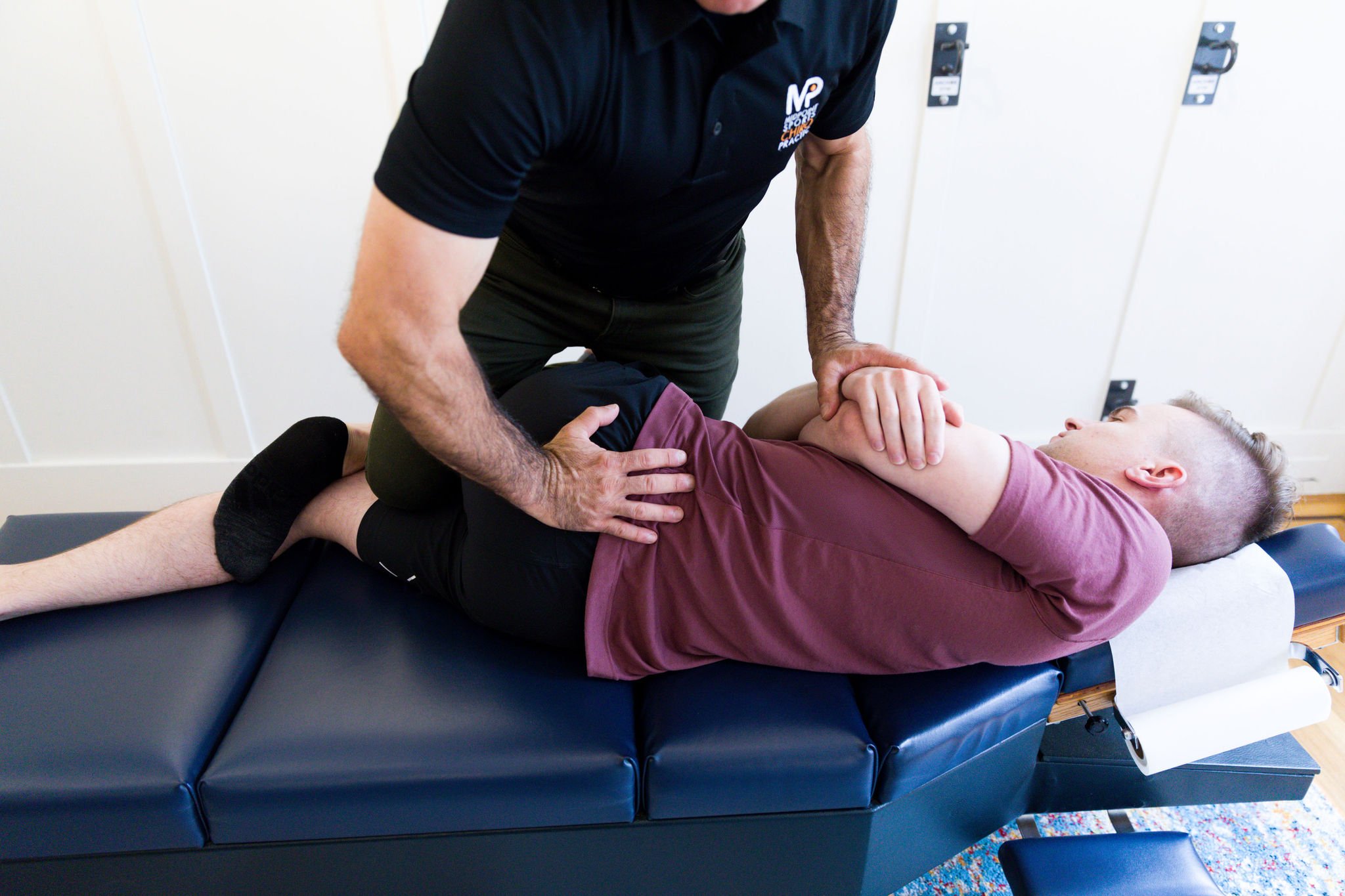
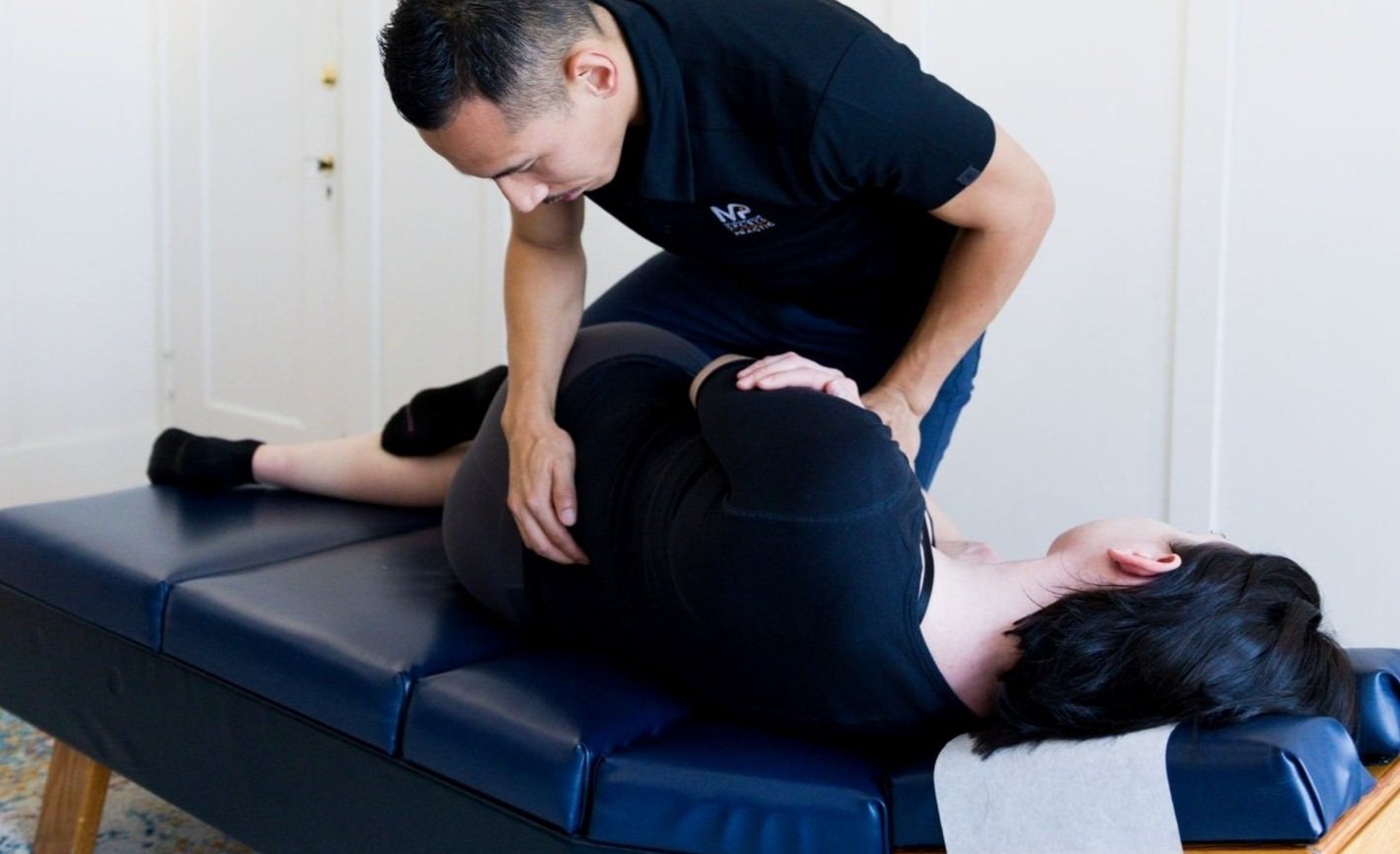
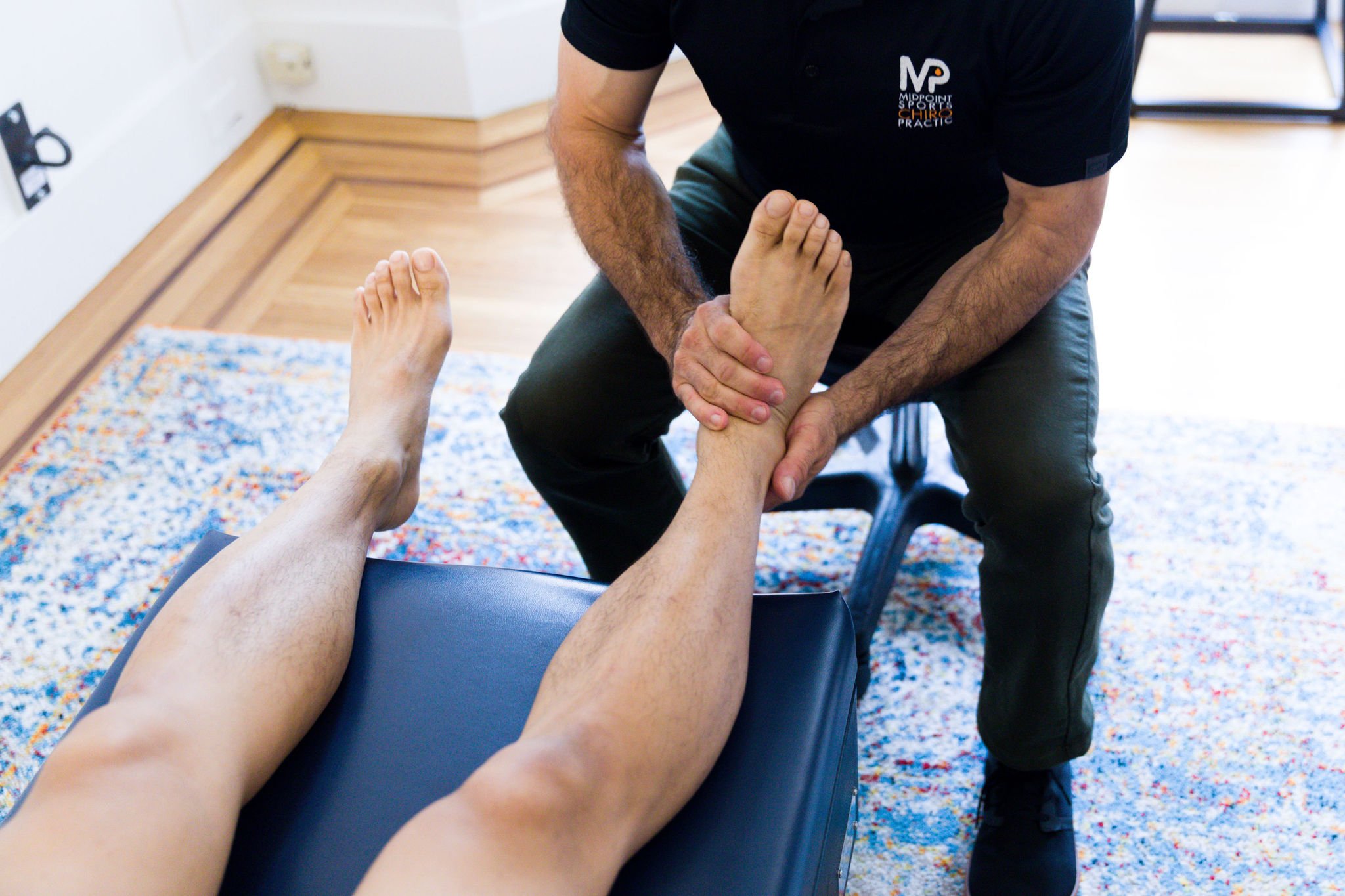
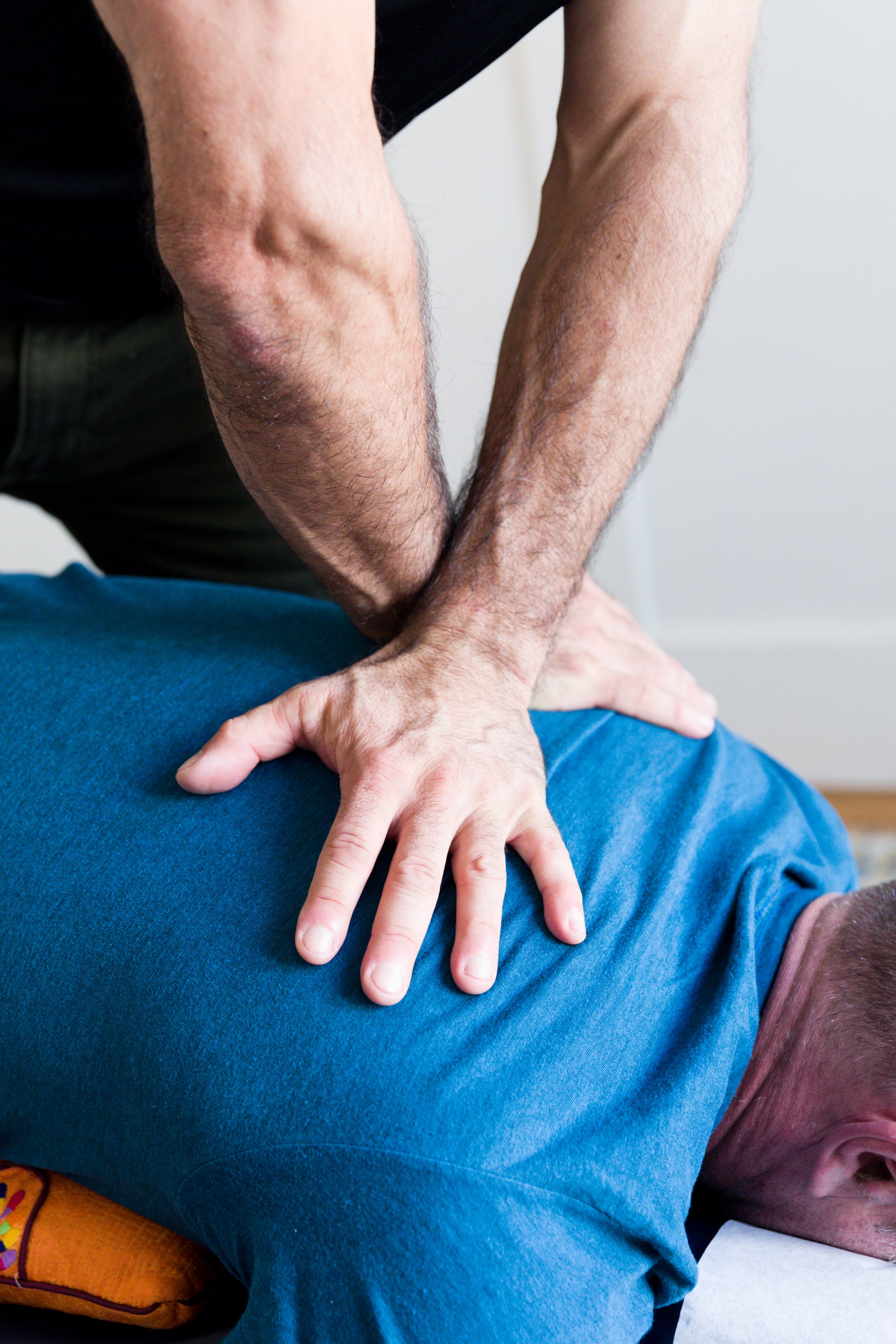

-
We treat musculoskeletal injuries including:
• Cumulative trauma disorders such as carpal tunnel syndrome and other work-related injuries
• General injuries of the shoulder, arm, wrist, elbow, hip, leg, knee, ankle, and foot
• Tendonitis
• Ankle sprain
• Rotator cuff syndrome
• Frozen shoulder
• Post-surgical release of adhesions
• Hyperextension/flexion (whiplash) injury
• Sciatica
• Pain, and headaches management
• Nerve Impingement
• Bunion pain management
